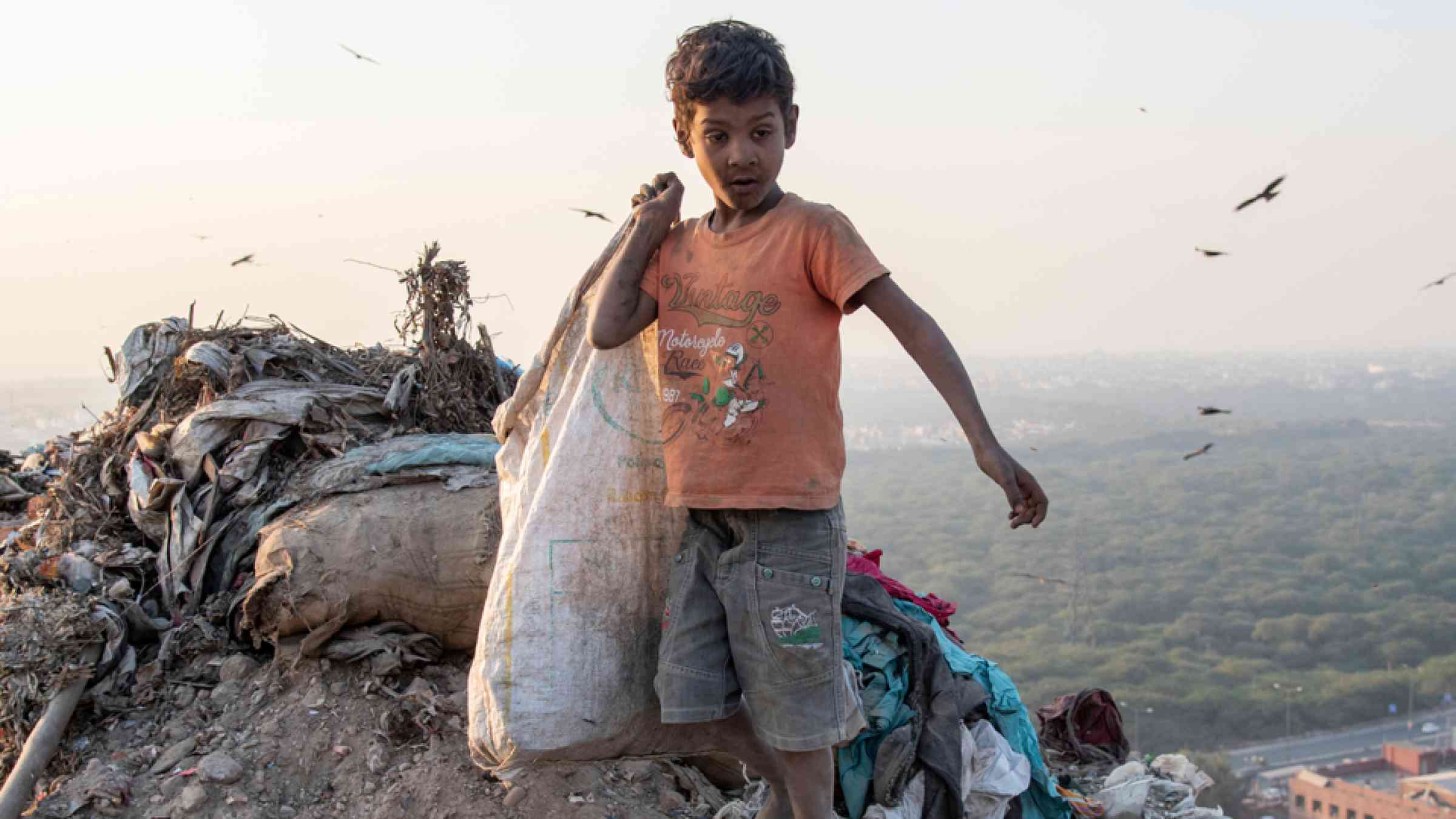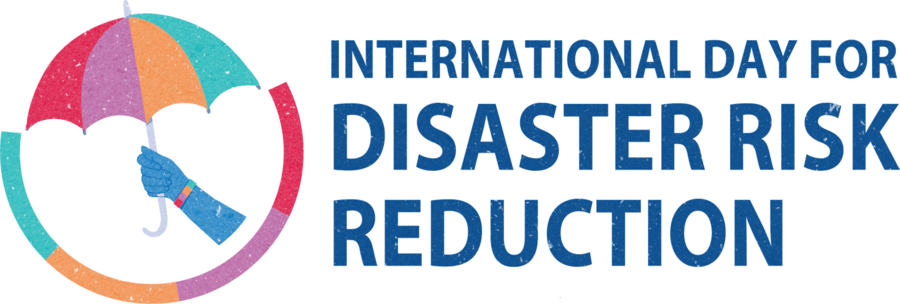The dual burden of inequality and disaster risk

The goal of this year’s International Day for Disaster Risk Reduction, with the theme “Fighting inequality for a resilient future”, is to address the complex relationship between poverty, inequality, and disasters. The day aims to raise awareness of the vicious circle around inequality and disaster-risk. Poverty, discrimination, and inequality all contribute to and are exacerbated by disaster risks, as vulnerable and marginalized communities are disproportionately impacted, which, in turn, worsens inequality.
To further explore the issue, the ISC has caught up with Hélène Jacot Des Combes, its new Project Manager for Hazards Definition and Hazard Information Profiles.
With a background in Paleoceanography, Hélène spent a decade researching historical ocean changes before dedicating 15 years to climate change and disaster risk management in the Pacific small island states. Her work spanned eight years in Fiji and five years in the Marshall Islands, involving research, training, teaching, and collaboration with decision-makers.
She recently joined the International Science Council as a project manager responsible for reviewing and updating the hazard definitions and associated hazard information profiles – a collaboration between the ISC and the United Nations Office for Disaster Risk Reduction, aiming to enhance understanding of hazards and facilitate information sharing using standardized terminology.
This year’s International Day for Disaster Risk Reduction emphasizes the role of growing inequality in driving risk and vulnerability to disasters. Could you explain the connection between inequality and disaster risk and discuss potential strategies to address this issue?
HJDC: When a hazard affects a population, the impact is not uniform; it varies depending on individuals’ resources and vulnerability. Those more vulnerable will experience more severe effects during a disaster and take longer to recover. Therefore, it is crucial to ensure that all individuals are affected as little as possible and have the opportunity to recover.
Of course, inequality plays a significant role in this context, manifesting in various ways. One aspect is exposure; people with fewer resources often live in high-risk areas, as those with more means tend to avoid such areas. Sensitivity is another aspect, with individuals of limited income or savings being more adversely affected. Additionally, coping capacity is influenced by resources, as individuals without resources or access to information struggle to prepare and respond effectively. Inequality does not create hazards, but it profoundly influences how people experience and respond to them. Therefore, disaster risk reduction must address both hazards and the preparedness and response of vulnerable populations. Reducing poverty and inequality should be integral to this effort.
Given the global disparities in vulnerability to climate-related risks and disasters, particularly with the Global South disproportionately affected, what mechanisms can ensure climate justice and equitable adaptation worldwide?
HJDC: There are mechanisms in place, but the challenge lies in effective implementation. For instance, we are currently midway through the Sendai framework, and the ISC Report for the Mid-Term Review of the Sendai Framework for Disaster Risk Reduction provides insights into what has been accomplished and what remains to be done. In addition to addressing resource disparities among countries and regions, we must prioritize including local practitioners, actors, and scientists in capacity-building and knowledge co-production. Local expertise is often lacking, as external researchers conduct most work, which may address immediate concerns but is less sustainable in the long term.
A holistic approach is necessary, as inequalities are interconnected with sustainable development and climate adaptation. Combining these aspects under the same umbrella can be more effective, especially for regions in the Global South with limited resources. We also need to shift from focusing solely on specific events to adopting a systems approach. The Systemic Risk Briefing Note by the ISC underscores the need to consider the entire system surrounding hazards and disasters, including inequality reduction. Data and information deficits in the Global South are also a concern, as we lack comprehensive monitoring systems for events, risk reduction actions, and inequality reduction strategies. We must overcome these challenges and adopt more comprehensive and integrated approaches, as the Global South’s limited resources require us to avoid duplication and resource wastage.
Given the recent disasters in Libya, Morocco, Afghanistan, Syria, and Türkiye, why is this year’s theme particularly important? How do you envision the future of disaster risk reduction in the face of increasing disaster frequency and severity?
HJDC: The recent disasters in these regions highlight the disproportionate impact on vulnerable populations. Inequalities become starkly evident, as those with fewer resources struggle to build resilient homes, often settling in high-risk areas. This underscores the critical need for enhanced early warning systems. Achieving this requires a comprehensive approach, encompassing hazard monitoring, infrastructure monitoring, effective communication, and ensuring messages are understandable and actionable, even for those with limited education.
For this, training and community capacity-building are essential components. Many tools are already available, such as building codes and zoning policies, but their accessibility must be ensured for all, even those with limited resources. Mechanisms to help people afford better housing, even if they lack the upfront funds, are vital. By making these tools accessible, we can reduce the vulnerabilities of marginalized communities and promote equitable disaster risk reduction.
Is there a specific message or call to action you’d like to convey to the ISC audience on this International Day for Disaster Risk Reduction?
HJDC: I want to emphasize that disaster risk reduction is a collective responsibility. New tools, like hazard information profiles, are being developed to standardize and make information more accessible. These tools are useful for various partners and communities to build their capacity. But everyone can contribute by becoming better prepared and informed. However, coordination and information exchange among different actors are essential.
Science plays a pivotal role in this endeavor. We should not fear science; it is for everyone. We can all make a difference, and science is an invaluable tool to do so. The key is not only to produce scientific knowledge but also to ensure it is used effectively, bridging the gap between science and policymaking. Better communication, coordination, and science utilization are vital for effective disaster risk reduction.
